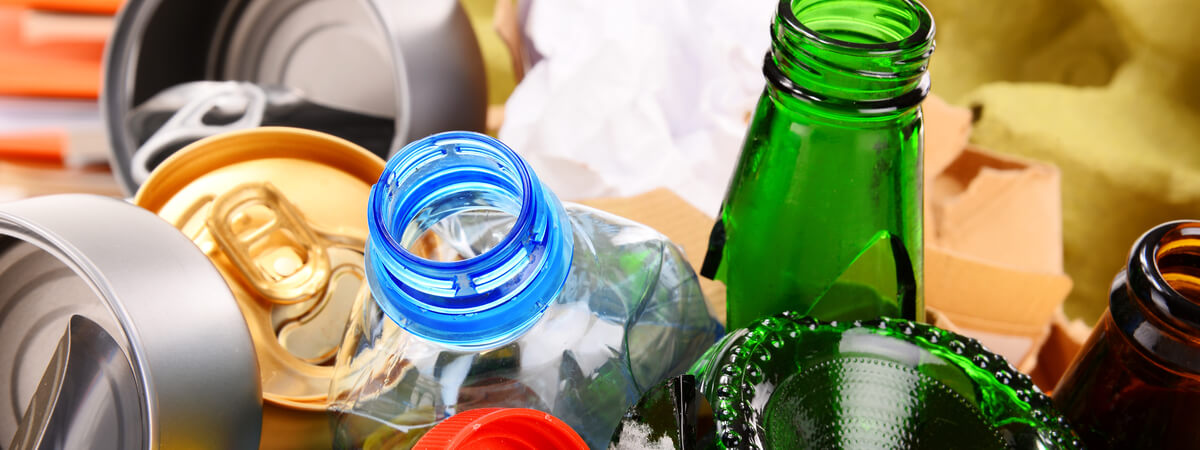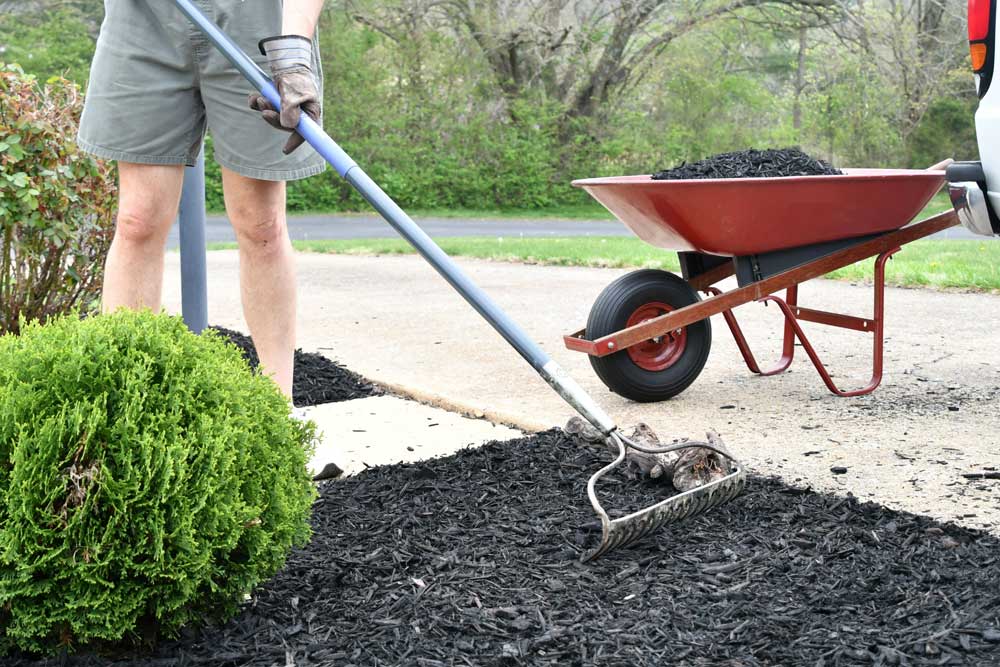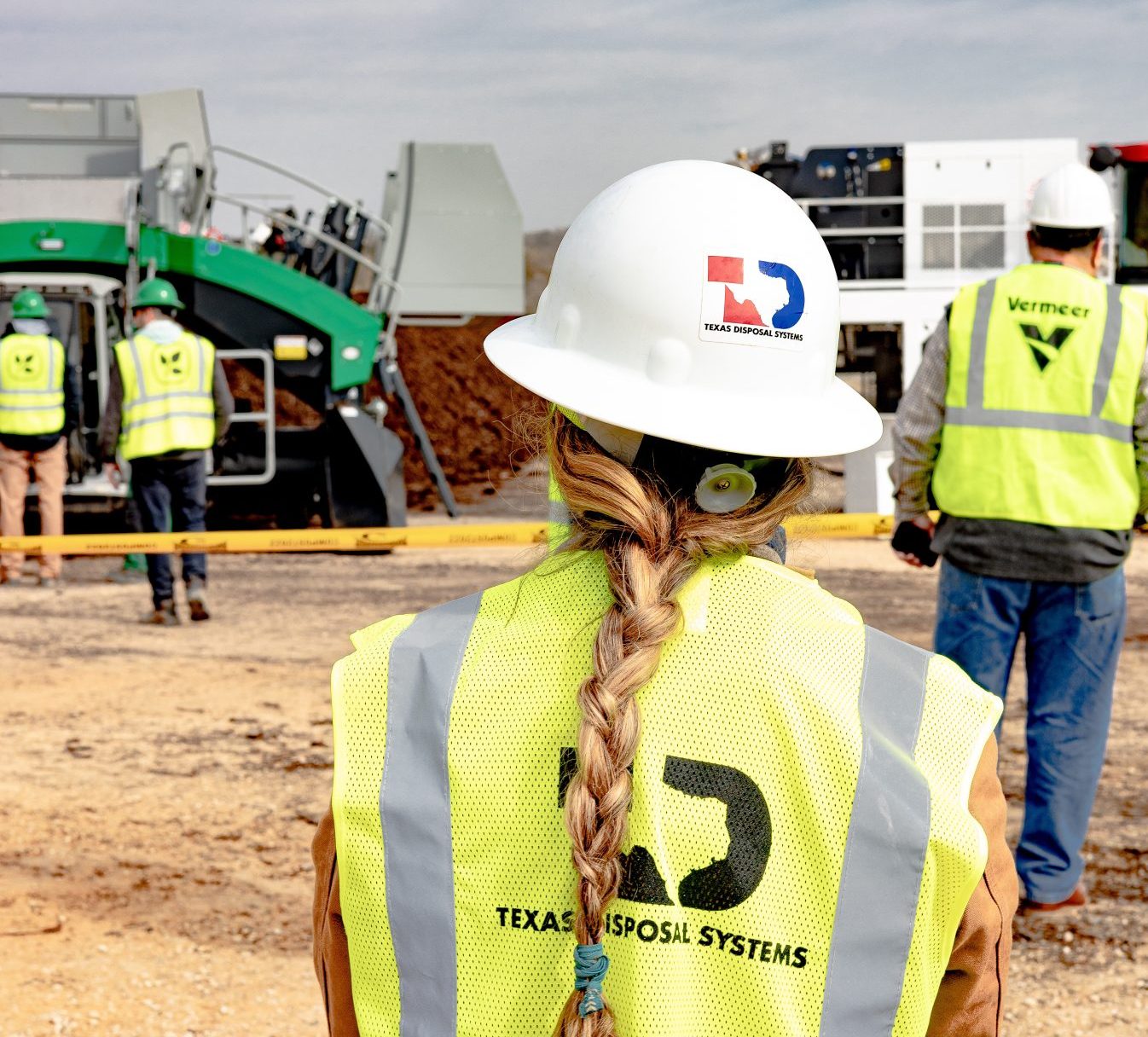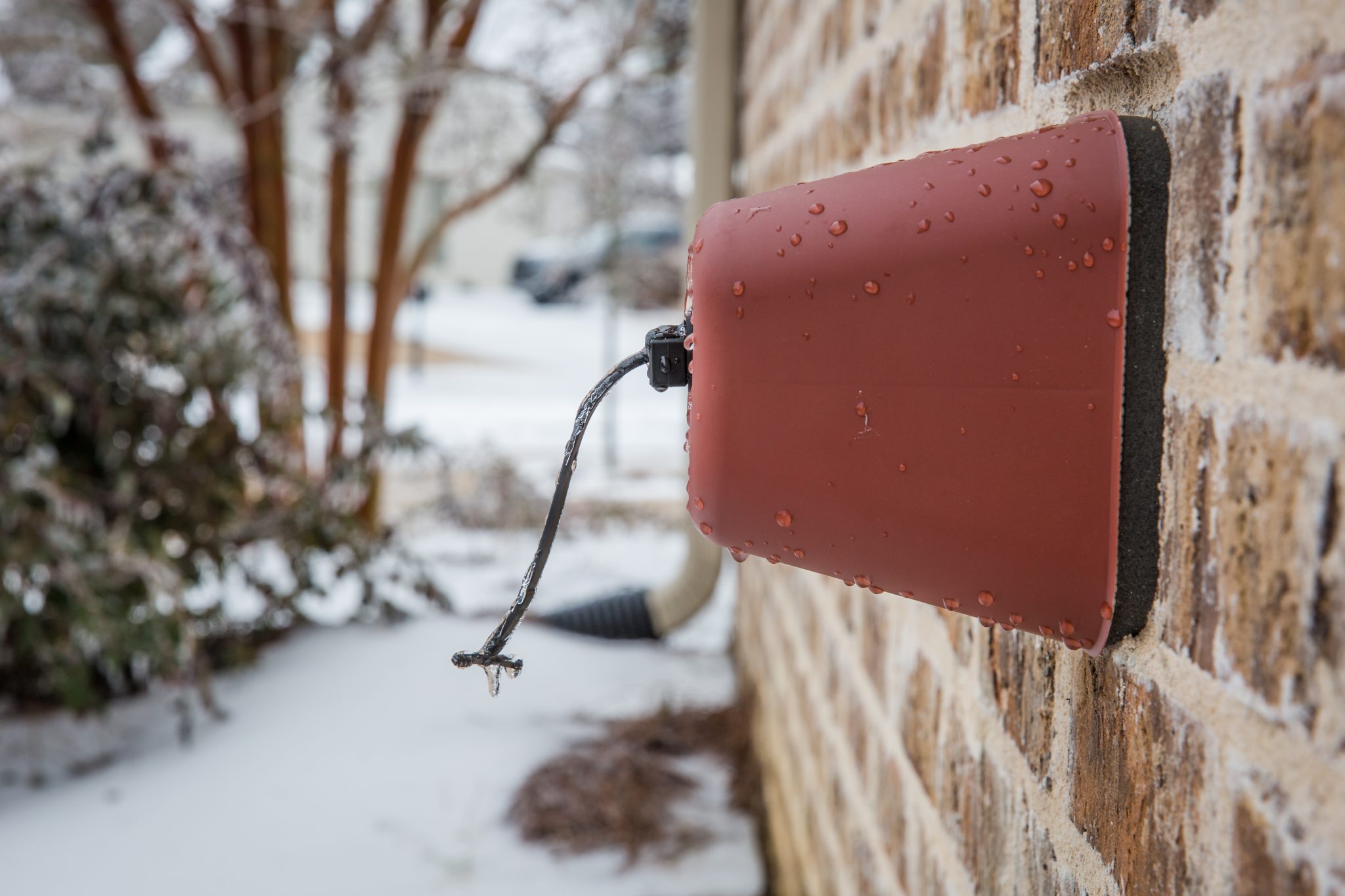Single-stream recycling is a system in which all recyclables are mixed together during disposal. A collection truck collects the recyclable materials together and takes the items to a Materials Recovery Facility (MRF) where they are sorted.
At the MRF, recyclable materials such as plastic, glass, cardboard, newspaper and aluminum are removed and thoroughly sorted. Once organized, the materials are bundled and sold to various manufacturers that reprocess or refine the materials to make new products.
Single-stream recycling began in the 1990s with two main goals in mind. The first was to make recycling easier and more convenient for the consumer with the intention of diverting more waste from landfills. The idea was if items didn’t need to be sorted, residents would be more likely to throw recyclables into the recycling bin rather than the waste bin.
The second goal was to reduce collection costs. By throwing everything into one recycling receptacle, collection trucks can work more quickly and expediently.
What’s the difference between single-stream and dual-stream recycling?
Prior to the 1990s, many waste resource systems employed the use of dual-stream recycling. This involved separating recyclables before disposing of them. Various types of recyclable materials were organized at the source into separate bins or bags. For instance, paper, glass, aluminum, steel cans and plastics were separated and disposed of in separate receptacles.
The various recyclable material streams were picked up by the waste resource company and put into separate compartments on the recycling truck and taken to the recycling facility for processing. For the most part, this labor-intensive process was replaced with single-stream recycling in the 1990s.
Single-stream recycling advantages
Single-stream recycling has a variety of advantages, one of the most popular being ease and convenience. Rather than having to sift and sort, a consumer simply disposes of all recyclable items in the same receptacle. The ease of recycling in this manner also tends to mean that more items are recycled.
Single-stream also reduces collection costs, because the mixed recycled items are tossed into the same compartment in recycle collection trucks. This enables those collecting the recyclables to work more quickly and efficiently. Such trucks also tend to have a greater capacity. These benefits have led to increased participation in recycling programs.
What about contaminants?
People often put items in recycling bins that they shouldn’t. Some of the most common things put into recyclables that can’t be recycled are food waste, napkins, Styrofoam and soft plastics (or plastic film) such as food baggies, plastic wrap and plastic grocery bags. Known as stream contamination, this is a problem that can result in many recyclables ending up in landfills rather than being recycled.
According to the EPA, contamination of recyclable loads is on average 16 percent per ton and increasing, but it can be as much as 50 percent per load. Some haulers will accept a small percentage of contaminants in each load while others require zero contamination for items to be considered recyclable.
To prevent items from being considered non-recyclable and tossed into landfills, it’s important to educate yourself regarding what is recyclable and what should be thrown into the trash. Check the recycling receptacles which are often labeled as to what is accepted. Many waste reduction companies have lists on their websites as to what is recyclable and what needs to be discarded in the trash.
If you are unsure about what can be recycled, consult your local waste collection company. If you’re a Texas Disposal Systems customer, check out the TDS Waste Wizard App and try our “What goes where?” feature.
TDS is a proud single-stream recycling processor
Since 2010, TDS has run our more than 100,000-square-foot Materials Recovery Facility (MRF). The facility features two sorting systems dedicated to processing materials electronically, mechanically, and manually.
Thanks to meticulous collection and sorting methods, TDS processes 20-25 tons of recyclable material per hour. This includes plastics, aluminum, cardboard, paper and glass. The TDS MRF provides an efficient way to eliminate pollution from excess materials going into our landfills. The company’s efforts have also caused an increase in manufacturing product supply lines and led to new jobs.
To find answers to your recycling questions and to see what you can and can’t recycle, visit our blog that highlights recycling information.



